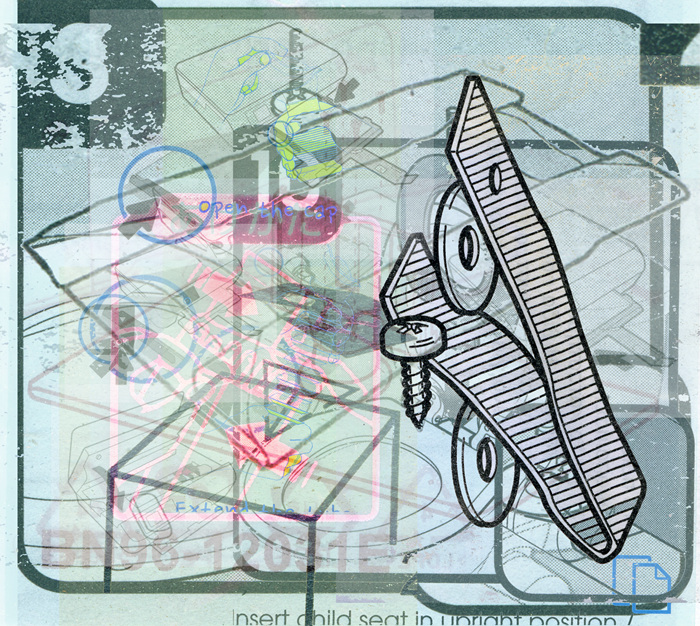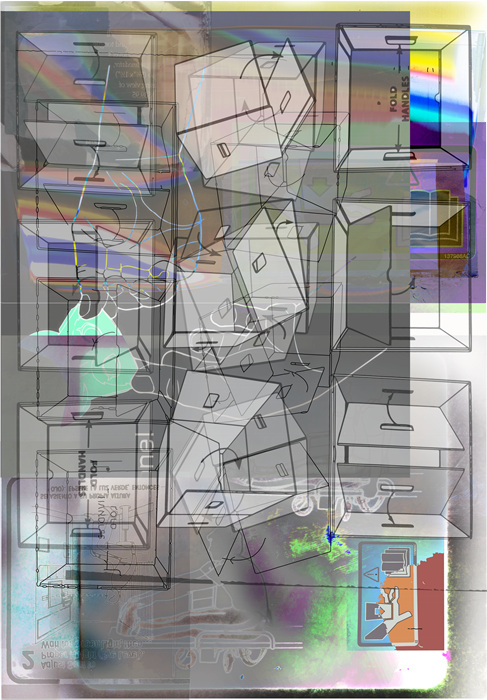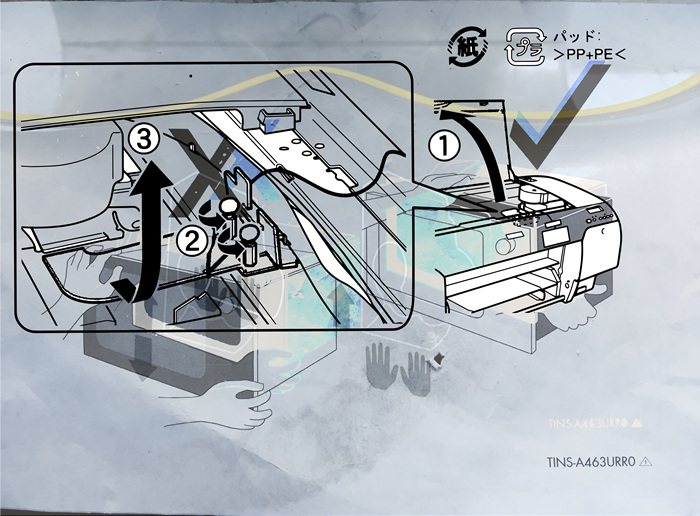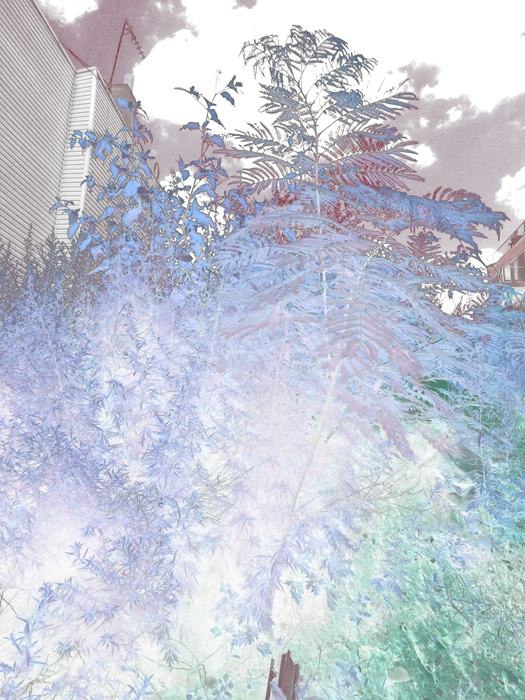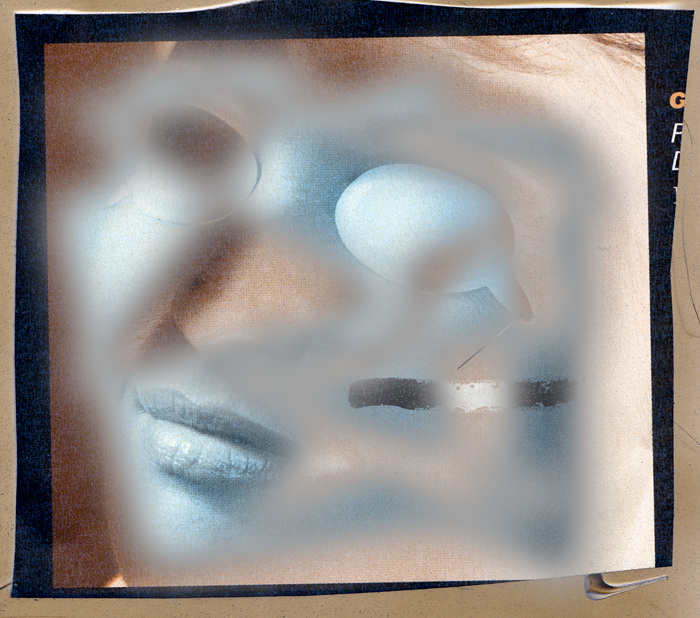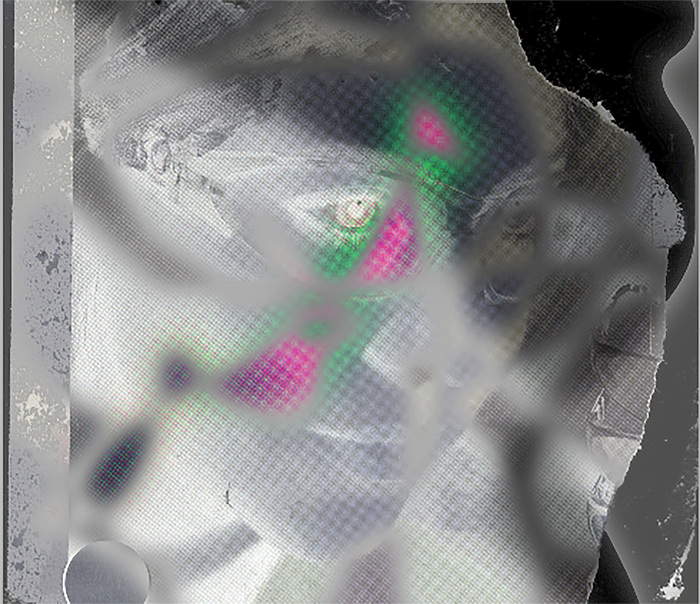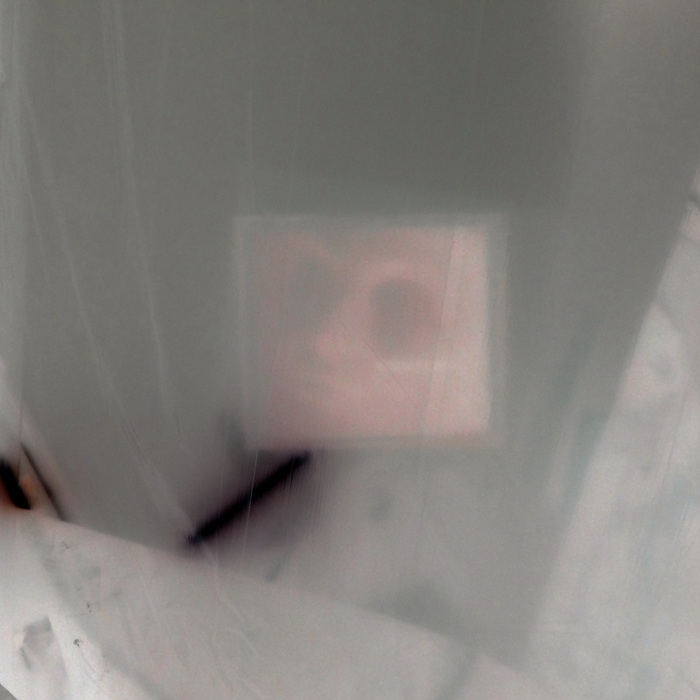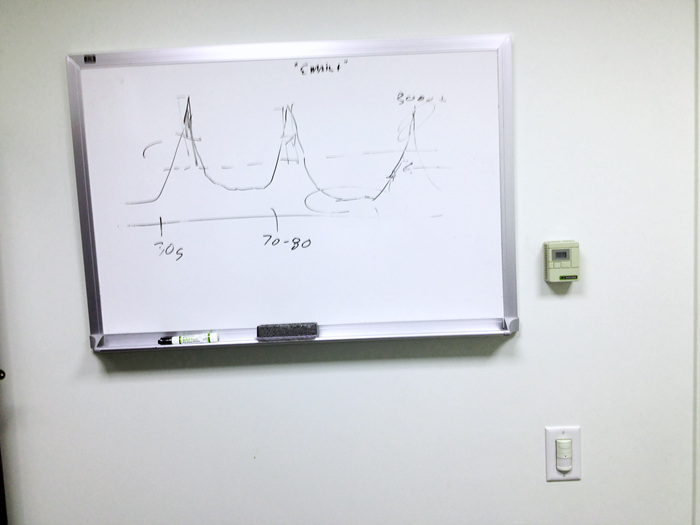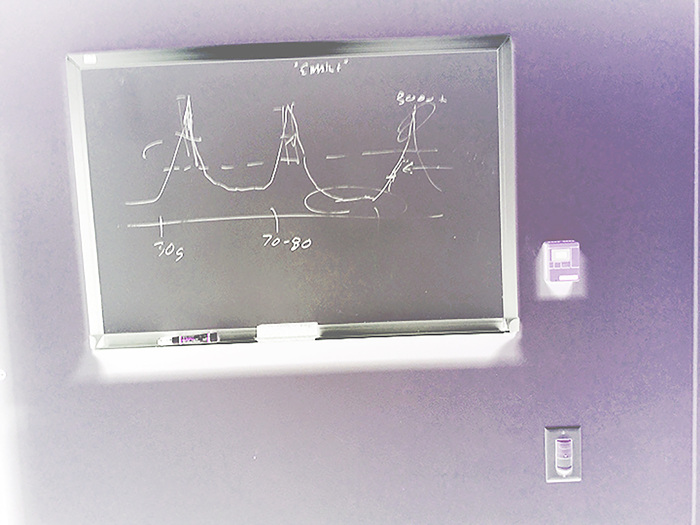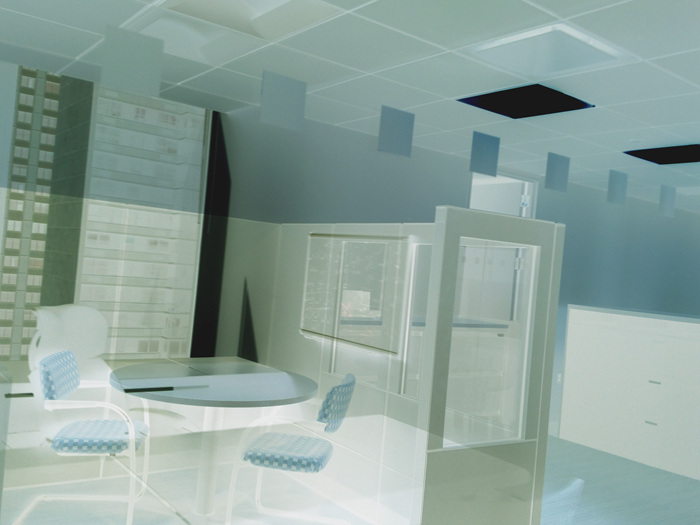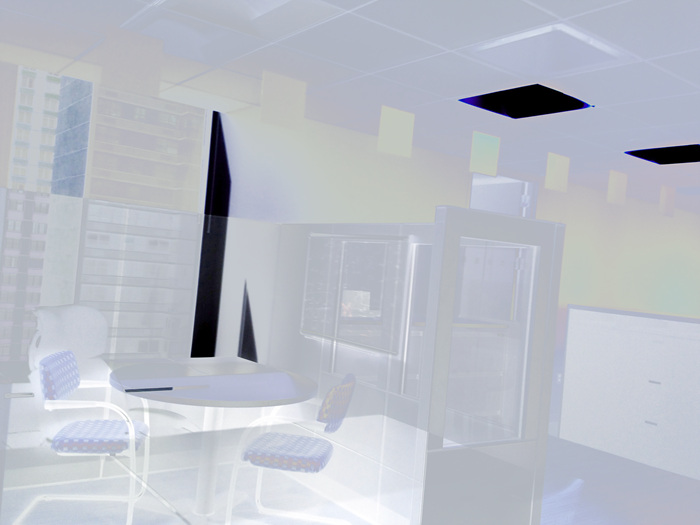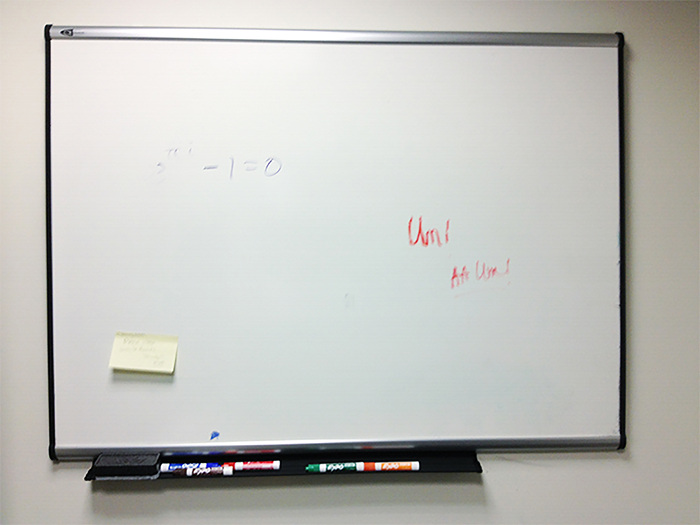Special exhibitions Special Solo Exhibition 2018 제11회 전주국제사진제에 여러분을 초대합니다.
2017,전주국제사진제 전시감독인 “Piter Garfield”의 초대전이다.
날 짜 / 5월12일~16일 장 소 / 서학아트스페이스
Peter Garfield
Peter Garfield : Peter Garfield는 사진, 비디오 및 설치 분야에서 작업하는 예술가입니다.
그는 미국의 Wexen Center for Arts, 스위스의 Musee Historique de Vevey, Art & Public, Feigen Contemporary, New York: Kapinos Galerie, Berlin: Queens Museum of Art, New Yor; kFreight + Volume, New York에서 개인전을 가졌다.
그는 Mass MoCA, Massachusetts (USA); Nassau County Museum of Art, Roslyn, NY (USA); Centre Georges Pompidou, Paris; Brooklyn Museum of Art;
San Francisco Museum of Modern art; Whitney Museum of American Art at Champion, Stamford, CT(USA); Aldrich Museum of Contemporary Art, Ridgefield, CT;International Film Festival, Rotterdam 에서 그룹접을 했습니다.
Peter Garfield는 스미소니언 예술가 연구 펠로우 십 (Smithsonian Artst Research Fellowship), Wexner Center for the Arts 비디오 펠로십,
New York Foundation (그의 책 Harsh Realty),NYFA Fellowship 등에서 여러번 수상과 펠로우십을 받았습니다.
NYFA Fellowship에서는 두번이나 수상하였고 그의 비디오 작품 "Deep Space1"은 2007 Rotterdam International Film Festival 에서 최우수 단편 영상 부문 후보로 뽑히기도 하였습니다.
Peter Garfield의 작품은 Los Angeles County Museum of Art, San Francisco Museum of Modern Art, the M.I.T. List Visual Arts Center, 프랑스 F.R.A.C Bourgogne in Dijon, 뉴욕 International Center of Photography
, 메사츄사츠 The Bershire Museum, The MacArtur Foundation, The Elton John Collection 에서 컬렉션에 포함되어 있습니다. 그는 Prix de Rome의 2009년도 결선에 진출했습니다.
미국 다트머스 대학 (Dartmouth College), 파리 파리 에꼴 국립 미술 대학 (Elee Nationale Superieure des Beaux-Arts)을 졸업 한 Peter Garfield는 미국 뉴욕의 브루클린에서 거주하고 있으며
Parsons와 School of Visual Arts 교수입니다.
This installation of pictures and video is the culmination of my research and development of several separate but closely related groups of images. It is the first time I have attempted to bring them together to make a larger statement.
While some of my work over the years has an element of humor and while I always intend to evoke/elicit some form of beauty, there is also a consistently dark side to my work. The four series of pictures represented in this show all attempt to communicate some aspect of my sense of humanity’s increasing alienation from the self and from the natural world. As our world of knowledge advances in so many ways, especially technologically and scientifically, our core human condition does not really change. We struggle with the timeless longings for love and communion/connection and impulses of competition and conflict. As populations grow and live in increasingly close proximity, and as our ability to do harm becomes easier and more lethal, we are confronted with ever present existential dilemmas of our own making.
The few images in my show with people in them are called “Idealists.” I have always been fascinated by the way American advertising presents interactions between people, especially in how it idealizes relations between the different races in America. In America we are influenced from a very young age at school and through various media to believe in what is called The American Dream: “the ideal that every US citizen should have an equal opportunity to achieve success and prosperity through hard work, determination, and initiative.” The reality is more complex. These images are appropriated from catalogue advertisements for protective glasses for workers. I have radically altered the images to isolate the individuals in a kaleidoscopic digital universe.
Around that same time I began photographing and collecting information graphics. These schematic drawings have been around for a long time but have proliferated with the increased interconnectedness of populations, a result of accelerated globalization. The drawings are indicative of the difficulties of verbal communication in an increasingly interconnected world and help to bridge the many language barriers. Besides being informative, they are sometimes beautiful. They are also at times confusing. Here I take them out of their original contexts, alter them and layer them to evoke a sense of “information overload.”
The smallest photographs in the show, and the video, were taken in abandoned corporate office spaces. One of the jobs that allows me to work as an artist is installing art for corporate art collections in New York City. During the financial crisis of 2008 I lost most of that work as companies cut their budgets. Then several years later, as these same companies were cutting jobs and abandoning office space, I was employed to remove the same art that I had installed years earlier. I was attracted to the silent, minimalist spaces that had once been centers of economic power and ambition.
Landscape has always played some part in my work. Personally, direct connection with nature is a necessity for my physical, mental and emotional well-being. (Recently I have studied horticulture and garden design, and one of my passions is designing and tending my own garden in Brooklyn, New York.) In these two, altered landscape photographs I have attempted to capture a sense of how technology, urbanization and ecological destruction separates us from our origin in nature. Both images were taken at an empty lot in my neighborhood. During the several years that it was abandoned and bits of garbage accumulated, nature began to come back and take over. (The site is now a building of luxury apartments.) The largest image is a composite of many photographs that are automatically “stitched” together by computer software. Instead of cropping out the rough edges, I decided to keep the evidence of nature being filtered through technology.
Peter Garfield
May 2018
